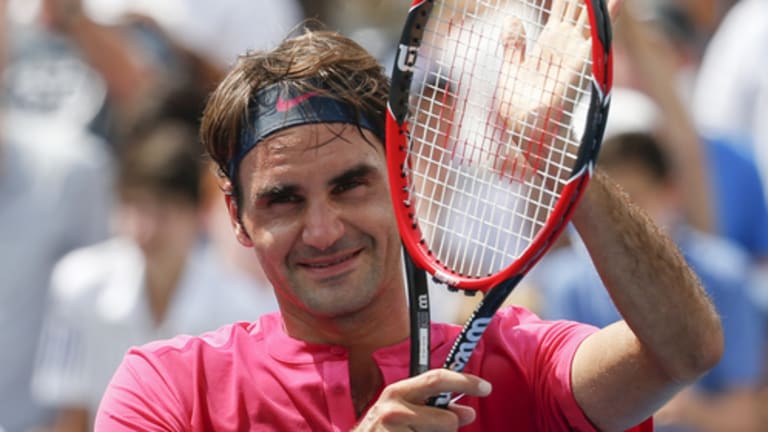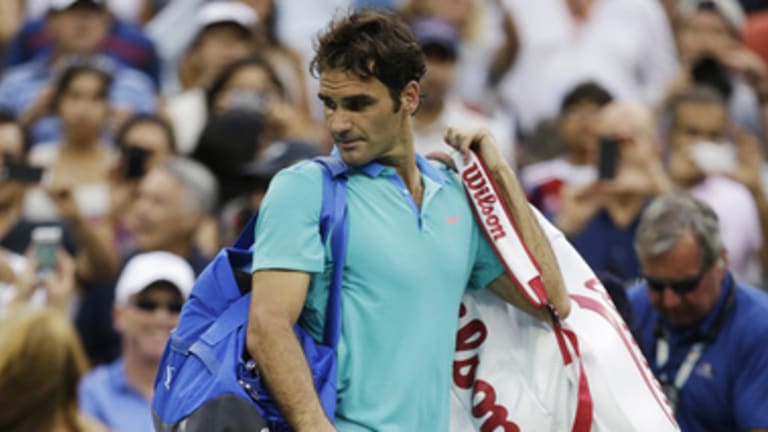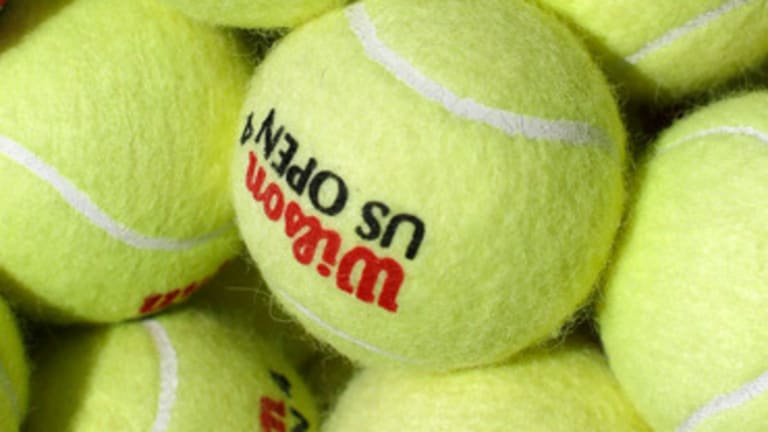Shortly after Roger Federer dispatched Feliciano Lopez in the quarterfinals of the Western and Southern Open in Cincinnati, he sat with ESPN’s commentators, talking about the audacious way he had just attacked and overcome one of the better attackers in game.
At 34 years of age and fresh off a match in which he had been lunging and darting like a teenager, you might have expected Federer to be icing a wrist or elbow, to wince as he shifted position, or at least to still show beads of perspiration across his forehead.
Instead, the 17-time Grand Slam singles champion looked fresh, his hair lustrous and neatly combed. He was animated and jolly. His cheeks, usually smooth as a baby’s bum, showed a few days of growth—was Federer suddenly trying to look roguish, in concert with the daring game he had been playing?
The commentators, as amazed as any spectators by the bold, aggressive nature of Federer’s game, quizzed him about his seemingly suicidal net forays, his ventures to take second serves from Lopez on the half-volley at the service line, approaches a teenaged Federer had once called “cheese slicers” that he followed forward to flick away volleys.
Did Federer really believe he could get away with that old-school, serve-and-volley legerdemain in the next round, when he faced the heavy baseline artillery of brilliant counterpuncher and defender, Andy Murray?
Federer laughed, “Why not?”


